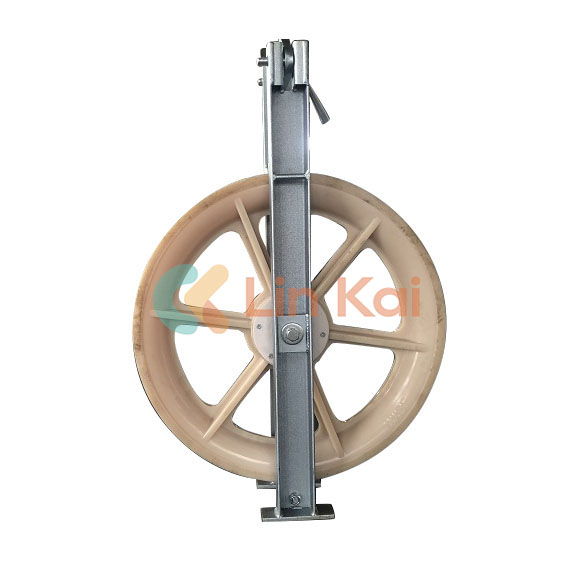
- English
- Español
- Português
- русский
- Français
- 日本語
- Deutsch
- tiếng Việt
- Italiano
- Nederlands
- ภาษาไทย
- Polski
- 한국어
- Svenska
- magyar
- Malay
- বাংলা ভাষার
- Dansk
- Suomi
- हिन्दी
- Pilipino
- Türkçe
- Gaeilge
- العربية
- Indonesia
- Norsk
- تمل
- český
- ελληνικά
- український
- Javanese
- فارسی
- தமிழ்
- తెలుగు
- नेपाली
- Burmese
- български
- ລາວ
- Latine
- Қазақша
- Euskal
- Azərbaycan
- Slovenský jazyk
- Македонски
- Lietuvos
- Eesti Keel
- Română
- Slovenski
- मराठी
- Srpski језик
The History and Impact of Pulley Blocks
2024-06-15
Pulley blocks, the straightforward mechanical devices featuring grooved wheels and ropes, boast a rich history spanning many centuries. This article delves into the evolution of pulley blocks, tracing their journey from ancient times to their contemporary applications in engineering.
The earliest documented use of pulley blocks dates back to ancient civilizations such as the Egyptians and Greeks. These early societies employed pulley blocks for various tasks, including lifting heavy stones during construction and drawing water from wells. The first pulley blocks were usually made of wood, with ropes fashioned from natural fibers like hemp.
As civilizations progressed, so did the design and application of pulley blocks. By the Middle Ages, pulleys had become more prevalent in Europe, especially in industries such as mining and agriculture. They were essential in the development of machinery like windlasses and cranes. During this period, pulley blocks were often handmade by skilled artisans and constructed from wood, metal, or a combination of both materials.
The Renaissance brought significant advancements in engineering, including the study of mechanics and the creation of more sophisticated pulley systems. Engineers like Leonardo da Vinci made notable contributions to the understanding of pulleys and their practical uses. Da Vinci’s designs and sketches of pulley systems highlighted their versatility and utility.

The Industrial Revolution of the 18th and 19th centuries marked a pivotal moment in the history of pulley blocks. The emergence of factories and mass production led to the large-scale, precise manufacturing of pulleys. These pulley blocks found applications in a wide range of industries, from textile mills to shipyards, significantly contributing to the mechanization of labor-intensive tasks.
In the 20th century, the rise of modern engineering and technology further revolutionized pulley blocks. New materials such as steel and synthetic fibers replaced traditional materials like wood and hemp, making pulley blocks more durable and efficient. Automation and computer-aided design also enhanced the precision and complexity of pulley systems.
Today, pulley blocks are indispensable in numerous industries and applications. They are integral to construction cranes, manufacturing conveyor belts, and transportation systems. In the automotive industry, timing belts—specialized pulley systems—are crucial for engine operation. Additionally, pulley blocks are vital in heavy machinery, including mining and agricultural equipment.
One of the most prominent modern uses of pulley blocks is in elevators. Elevator systems rely on pulleys with counterweights to move passengers and cargo safely and efficiently between floors. The design and engineering of elevator pulley systems have become highly sophisticated, ensuring smooth and reliable operation in buildings of all sizes.

In summary, pulley blocks have evolved significantly from their origins in ancient civilizations. Their development mirrors the progress of human knowledge and technology. Today, pulley blocks remain a testament to the enduring importance of simple machines in our complex world, continuing to play a crucial role in modern engineering and industry.



